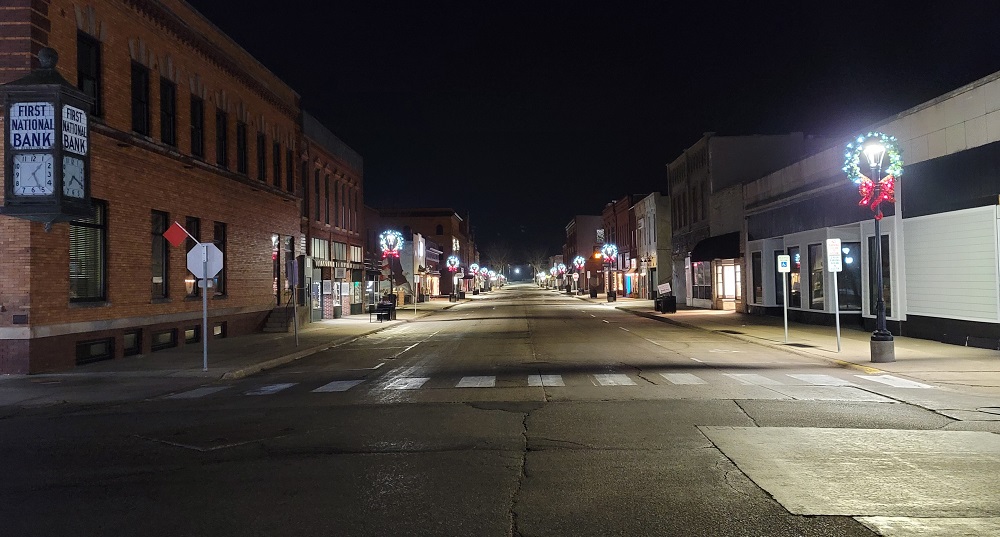
 With the busy holiday season winding down, it is normal to experience some “winter blues,” including occasionally feeling sad about the darker days and colder weather.
With the busy holiday season winding down, it is normal to experience some “winter blues,” including occasionally feeling sad about the darker days and colder weather.
However, some people experience a more serious condition called Seasonal Affective Disorder (SAD), which is a type of depression that occurs when the seasons change. Most people with the condition experience fall-onset, meaning their depressive symptoms start in the late fall or early winter and ease up in the spring.
Symptoms of SAD can include low energy, increased tiredness and excessive sleeping, loss of interest in activities, constantly feeling down or hopeless and overeating and weight-gain.
There are several steps you can take to relieve some of your symptoms. Try increasing your exposure to sunlight by spending time outside or near a window. If that isn’t possible, then try using a light therapy lamp, which mimics natural sunlight.
Prioritize exercising regularly. Even a brief, 30-minute walk can boost your mood. Also avoid over-indulging in carbohydrate-rich foods, such as sweets, bread or pasta, because these can make you feel more tired. Instead, focus on eating healthy, well-balanced meals every day.
Finally, take part in healthy activities that make you feel better, such as reading, going to the movies, painting or socializing with friends and family.
Talk to your doctor if you’re experiencing symptoms of Seasonal Affective Disorder to receive a proper diagnosis and customized treatment plan. Visit the Mayo Clinic website to learn more about Seasonal Affective Disorder.
Natalie Peters is the community health educator in the Dallas County Public Health Department.
















